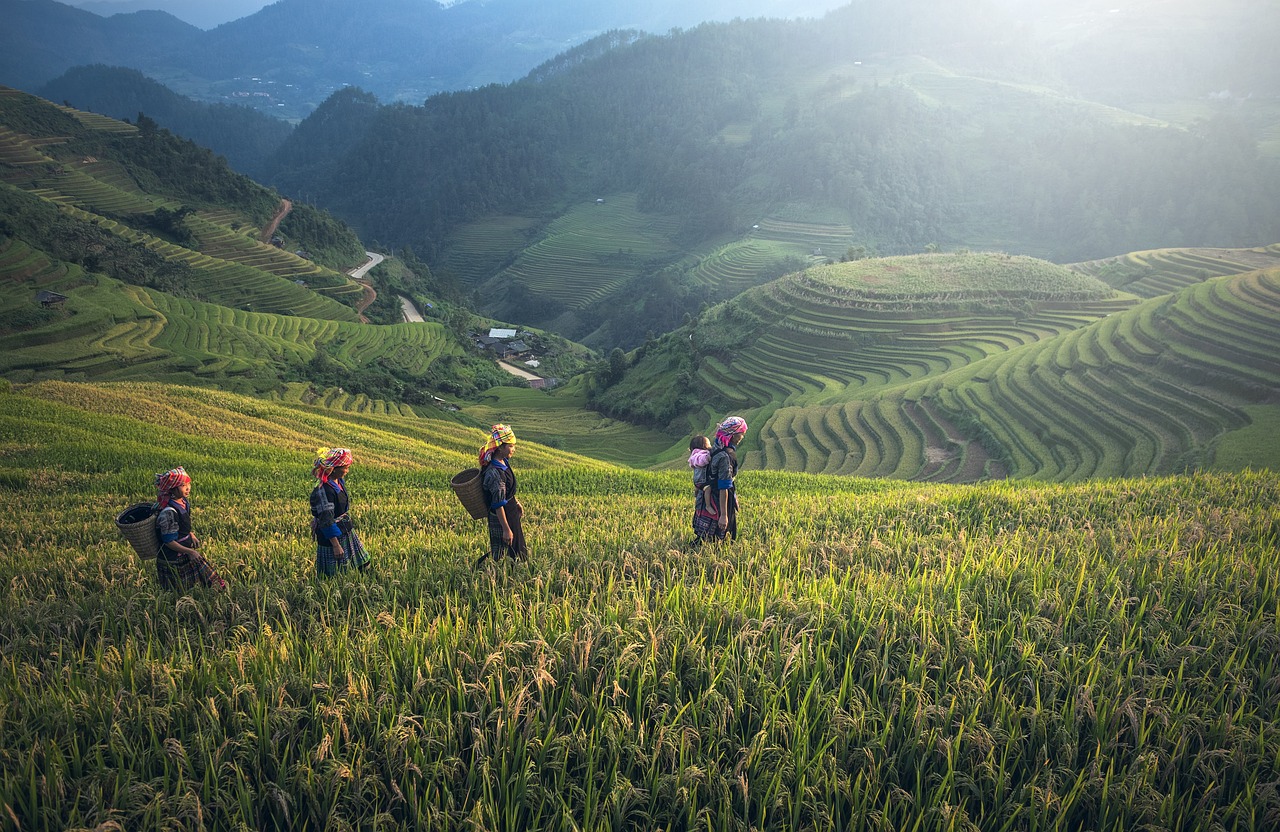It is important to know what to expect from your area, and what grows best.
The content below was originally paywalled.

A growing zone can also be described as a hardiness zone. It is a geographical area with certain climatic conditions and ranges of temperature. Knowing which zone you are in helps gardeners and farmers establish which plants are likely to do well in their region. When you know the length of your growing season, the average minimum winter temperature and when the first frost is likely to arrive, it becomes much easier to plan ahead. And when you know what you can grow and what grows well, and choose your crops accordingly, you increase the chances of a successful season.
Determining your growing zone
There are regional and country-specific hardiness zone maps available for different parts of the world.
In the US, you determine your growing zone by visiting the USDA Plant Hardiness Zone Map-website. You locate your region, identify the number or colour assigned to your area and then you read up on your zone.
It is best to use the maps available for each country, as they are more specific. There are multiple zones present in each country, and if we look to the the larger maps, the zones they mention are are often stretched across several countries.
You can find out more here.
Other things to consider
Apart from your growing zone, it is also helpful to keep an eye on weather reports, rain reports and have a plan in place for what you can do to protect your container garden if there is harsh weather conditions involving rain, snow or even a storm. We had several storms last year, and much more rain than anyone anticipated. I hope this year will be better.
Good luck!
Discover more from Desoullife
Subscribe to get the latest posts sent to your email.
